Category: Art
-
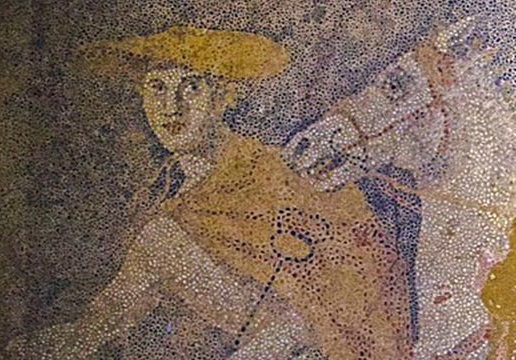
Beautiful tomb from Alexander’s age revealed
The discovery of an ancient tomb near Amphipolis in the Northern part of Greece earlier this year made the headlines worldwide (DisputedPast reported). The Greek prime minister himself underlined the importance of the finding to the press. He didn’t exaggerate, as the splendour of the tomb hints at a royal purpose of this burial chamber. The tomb dates at…
-
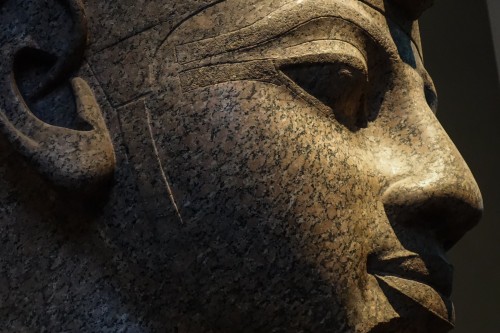
Statue found in Luxor of Amenhotep III’s daughter
Archaeologists unearthed a statue of princess Iset, the daughter of Pharaoh Amenhotep III who in turn is the grandfather of Tutankhamun. It is the first picture that’s found of Iset and measures up to 1.70 meters high and is part of a 14-meter high alabaster statue of Amenhotep III that was excavated earlier. On the…
-

1,400 year old Saxon burial found in Haddenham, England
During the construction of a residential area within the village of Haddenham an early Saxon burial (6th century AD) was uncovered. Archaeologists found nine burials in total, with plenty of grave goods. Both men and women were buried here. Their religious background seems a bit mysterious, as the grave goods (like a decorative shield, a…
-
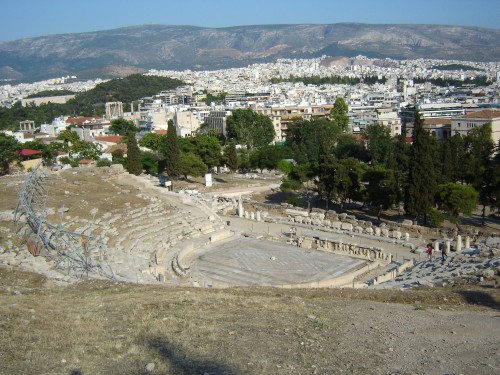
Ancient Greek plays give insight in antique climate
Ancient Greek plays offer us an insight into the climate of the time, according to the University of Athens. Researchers thoroughly checked historical observations from 43 plays by Aeschylus, Sophocles, Euripides and Aristophanes for their references to weather. Notably, scientist looked for ‘halcyon days’, days of theatre-friendly weather in mid-winter. On these days, the weather conditions enabled Athenians…
-

The forgotten culture of Eurasian warriors
The Polovtsians or Cumans roamed through Eastern Europe for centuries and left many statues, but they are mostly forgotten today. They originated from the heartland of China, near the Yellow River, and lead a nomadic lifestyle. Gradually migrating westwards, they entered Europe in the 11th century, clashing with the Kiev Rus on many occasions. As the Mongols invaded Eastern Europe…
-
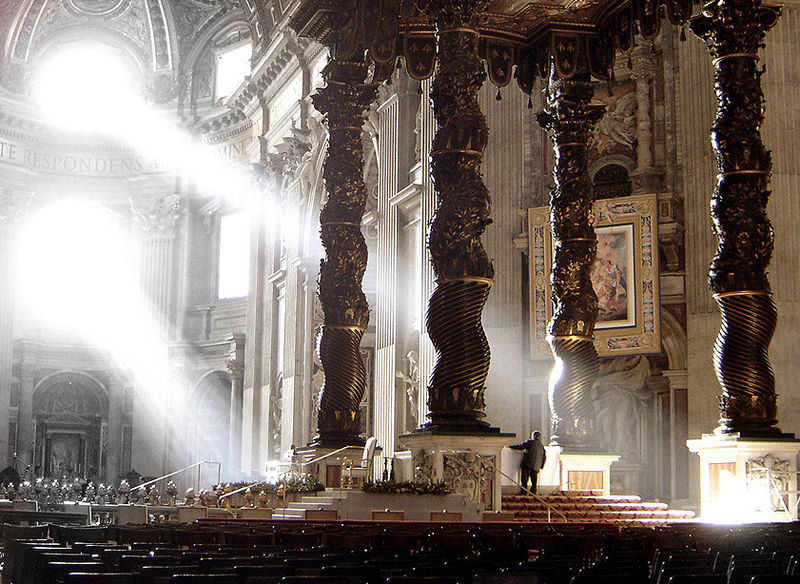
How the catholic church turned ordinary skeletons into spectacular saints
The Vatican exported thousands of skeletons from their catacombs to Northern Europe in the 16th century. They were exhibited as saints, with spectacular golden jewelry and outfits. During the Enlightenment the dressed-up human remains lost their magical aura, and were kept in deep churches’ storages. Dr. Paul Koudounaris recovered them and made some astonishing pictures…
-
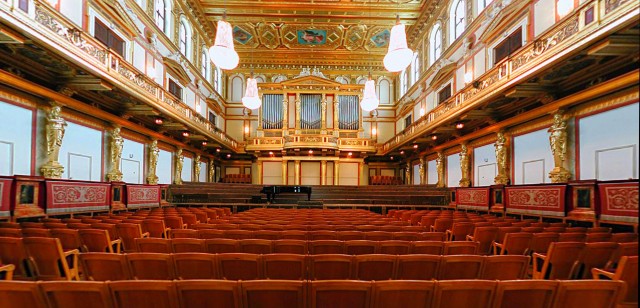
Vienna Philharmonic withdraws honorary awards for top-nazi’s after 68 years
The world famous Vienna Philharmonic orchestra has posthumously declined six nazi-leaders their honorary awards. Among them are Arthur Seyss-Inquart and Baldur von Schirach. Historian Oliver Rathkolb investigated the history of the Vienna Philharmonic during the war. He concluded that the Viennese music ensemble enthusiastically embraced the nazi regime. After the ‘Anschluss’ of 1938, the unification…